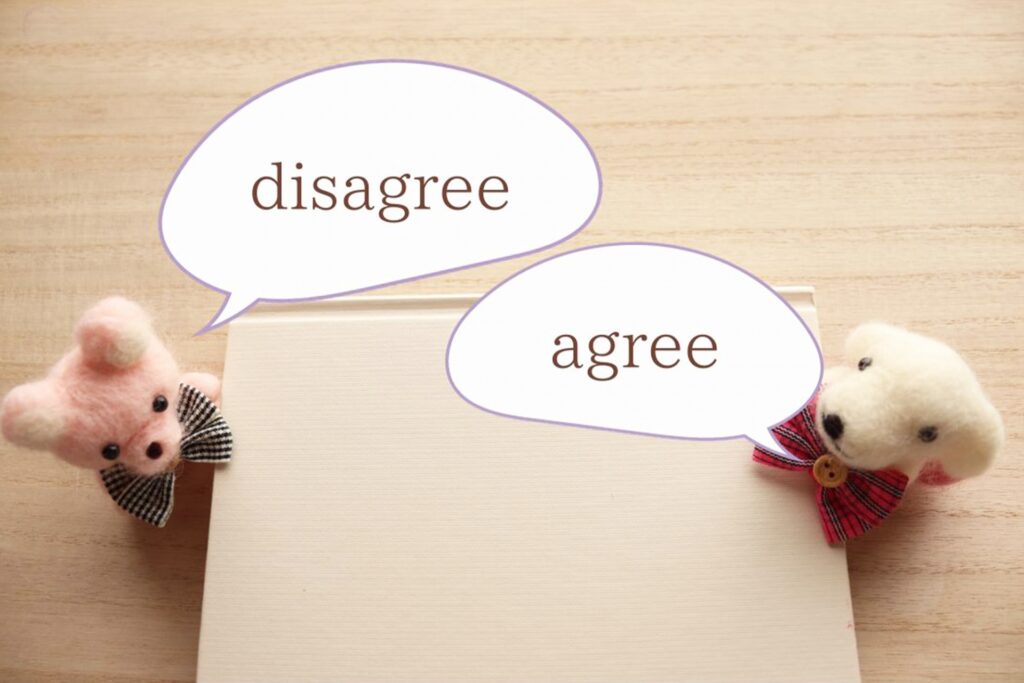英検準2級 ライティング Eメール予想問題02

Contents
問題 02
●あなたは外国人の知り合い(Jane)から、メールで質問を受け取りました。この側にわかりやすく 答える返信メールを、「返信欄」に英文で書きなさい。
●あなたが書く対信メールの中で、JaneのEメール文中の下線部(a tea ceremony)について、あなたがより理解を深めるために、下線部の特徴を問う具体的な質問を2つしなさい。
●あなたが書く返信メールの中で「返信欄」に書く英文の語数の目安は40語~50語です。
●解答欄の外に書かれたものは採点されません。
●解答がJaneのメールに対応していないと判断された場合は、0点と採点されること があります。 Janeのメールの内容をよく読んでから答えてください。
● 「返信欄」の下のBest wishes, の後にあなたの名前を書く必要はありません。
Hi!
Yesterday, I did something very interesting! I went to a tea ceremony with my host family. It was my first time. The room was small and quiet. We sat on the floor. The host made matcha for us. The tea was hot and tasty. I learned about old customs. We had to sit and drink in a special way. It was calm and nice. Do you think young people in your country are interested in such traditional events?
Your friend,
Jane
Hi, Jane!
Thank you for your e-mail.
(返信欄。ここに英語で書く。)
Best wishes,
解説
中を見る
次のステップで返信メールを作成します。
1. 相手の経験に興味を示す
最初にJaneの茶道体験について触れ、興味を示すことで、親しみやすい返信になります。
例:
I'm glad you had an interesting experience at the tea ceremony.
Your tea ceremony experience sounds interesting.
2. 具体的な質問をする
下線部(a tea ceremony)についての理解を深めるため、具体的な質問を2つ入れましょう。例えば、所要時間、参加人数、難しかった点、道具、作法などについて聞くことができます。
例:
茶道の所要時間を尋ねる―>How long did the tea ceremony last?
参加人数を尋ねる―> How many people participated in the ceremony?
難しかった作法を尋ねる―>What was the most difficult custom to follow?
使用した道具について尋ねる―>What kind of special tools were used in the ceremony?
茶道の頻度(どのくらいの頻度で行われるか)を尋ねる―>How often do people usually have tea ceremonies?
茶道の場所(どこで行われたか)を尋ねる―>Where was the tea ceremony held?
3. 相手の質問に直接答える
Janeの「Do you think young people in your country are interested in such traditional events?」という質問に答えましょう。これについては、「About your question, 」に続けて、YesまたはNoの立場で答え、簡単な理由を加えます。
Yesの例:
I think many young people in my country are interested in traditional events. They want to learn about our culture and history.
Noの例:
I don't think many young people in my country are very interested in traditional events. They often prefer modern activities and entertainment.
解答案
中を見る
パターン1(Yes の立場)
Your tea ceremony experience sounds interesting. How long did it last? What was the most difficult custom to follow? About your question, I think many young people in my country are interested in traditional events. They want to learn about our culture and history. (44 words)
日本語訳
あなたの茶道体験は面白そうですね。どのくらいの時間がかかりましたか?最も難しかった作法は何でしたか?あなたの質問についてですが、私の国の多くの若者は伝統的な行事に興味があると思います。彼らは私たちの文化や歴史について学びたいと考えています。
パターン2(No の立場)
I'm glad you had an interesting experience at the tea ceremony. How many people participated? What kind of special tools were used? About your question, I don't think many young people in my country are very interested in traditional events. They often prefer modern activities and entertainment. (47 words)
日本語訳
茶道で興味深い体験ができて良かったですね。何人が参加しましたか?どのような特別な道具が使われましたか?あなたの質問についてですが、私の国の多くの若者は伝統的な行事にあまり興味がないと思います。彼らはしばしば現代的な活動や娯楽を好みます。
Eメール本文日本語訳
こんにちは!
昨日、とても面白いことをしました!ホストファミリーと一緒に茶道に行きました。初めての経験でした。部屋は小さくて静かでした。床に座りました。主人が私たちのために抹茶を点ててくれました。お茶は熱くておいしかったです。古い習慣について学びました。特別な方法で座って飲まなければなりませんでした。落ち着いていて素敵でした。あなたの国の若い人たちは、このような伝統的な行事に興味があると思いますか?
あなたの友人、
Jane


